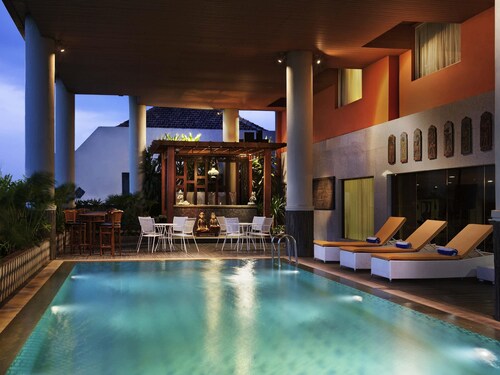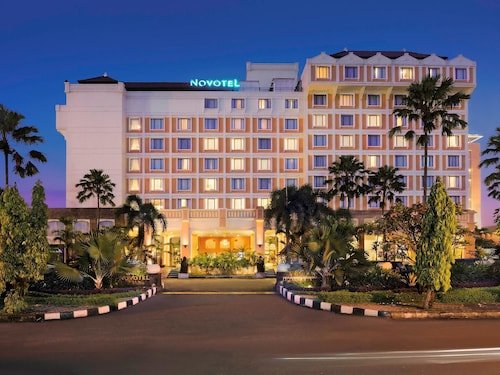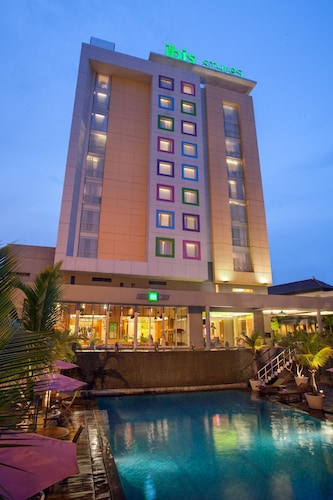Photo by Sharrie Shaw
Hotels in Surakarta
Free cancellation options if plans change
Earn rewards on every night you stay
Save more with Member Prices
Check prices for these dates
Where to stay in Surakarta?
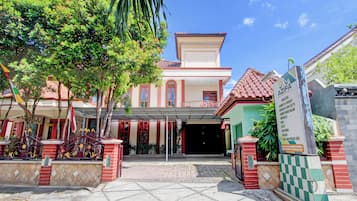
Hotel O Solo near RS JIH Solo formerly Azifa Inn
Hotel O Solo near RS JIH Solo formerly Azifa Inn
The price is $5
$6 total
includes taxes & fees
Nov 21 - Nov 22
Lowest nightly price found within the past 24 hours based on a 1 night stay for 2 adults. Prices and availability subject to change. Additional terms may apply.
Great weekend hotel deals in Surakarta
Showing deals for:Nov 28 - Nov 30
Image gallery for Rumah Batu Boutique Hotel

Rumah Batu Boutique Hotel
Baki
9.0/10Wonderful (9 reviews)
10% off
$27 nightly
Price is $66
Total includes taxes and fees
Check out hotels with a spa in Surakarta

Rumah Batu Boutique Hotel
Baki
9.0 out of 10, Wonderful, (9)
You may also like hotels with pools in Surakarta

Rumah Batu Boutique Hotel
Baki
9.0 out of 10, Wonderful, (9)
You can also stay at family-friendly hotels in Surakarta

Rumah Batu Boutique Hotel
Baki
9.0 out of 10, Wonderful, (9)
Lowest nightly price found within the past 24 hours based on a 1 night stay for 2 adults. Prices and availability subject to change. Additional terms may apply.
Go beyond your typical stay in Surakarta
Family friendly
Top neighborhoods in Surakarta
Solo City Centre
Surakarta's Solo City Centre neighborhood has a host of places to visit such as Solo Paragon Lifestyle Mall and Keprabon Park.
Banjarsari
Surakarta's Banjarsari neighborhood has a host of places to visit such as Solo Paragon Lifestyle Mall and Balekambang City Park.
Top landmarks in Surakarta
Check out reviews of Surakarta hotels guests love

Swiss-Belhotel Solo
10/10 Excellent
Frequently asked questions
Keep exploring
- Neighborhoods
- Landmarks
- Star Rating
- Accommodation Types
- Amenities
- Hotels close to nearby airports
- Hotels near a Station
- Nearby cities
- Top cities in Indonesia
- More Hotels
- Most popular destinations
- More ways to book
- Hotels near Solo Paragon Lifestyle Mall
- Hotels near Universitas Sebelas Maret
- Hotels near UMS
- Hotels near Muhammadiyah University of Surakarta
- Hotels near Klewer Market
- Hotels near Mangkunegaran Palace
- Hotels near The Heritage Palace
- Hotels near Solo Square
- Hotels near Gede Market
- Hotels near Kraton Surakarta
- Hotels near Danar Hadi
- Hotels near Balekambang City Park
- Hotels near Sriwedari Amusement Park
- Hotels near Nakamura Klinik
- Hotels near Pasar Klewer
- Hotels near Radya Museum Library
- Hotels near Radya Pustaka Museum
- Hotels near Mesjid Agung
- Hotels near Keprabon Park
- Hotels near Gunung Merapi National Park
- Ubud Hotels
- Denpasar Hotels
- Seminyak Hotels
- Nusa Dua Hotels
- Kuta Hotels
- Baturiti Hotels
- Jakarta Hotels
- Legian Hotels
- Canggu Hotels
- Jimbaran Hotels
- Pecatu Hotels
- Uluwatu Hotels
- Gili Trawangan Hotels
- Batam Hotels
- Gobleg Hotels
- Lembongan Island Hotels
- Tegallalang Hotels
- Penida Island Hotels
- Munduk Hotels
- Senggigi Hotels
- Nata Azana Hotel Solo
- Hotel Tirtonadi Permai
- Zest Parang Raja Solo by Swiss-Belhotel International
- Comfort Centre Residence Solo
- ZG Homestay Solo
- POP! Hotel Solo
- Arini Hotel
- Loji Hotel Solo by Wstay
- GRAND ORCHID HOTEL SOLO
- Front One Budget Hotel Slamet Riyadi Solo
- favehotel Manahan - Solo
- Hotel Asia
- Hotel O Gurita
- Solo Paragon Hotel & Residences
- Megaland Hotel
- Horison Inn Laksana Solo
- Hotel O Solo Point Guest House Syariah
- Chrome Hotel & Resort Solo
- Hotel Neo Gading Solo
- Amaris Sriwedari Solo Surakarta
- Aziza Solo
- Hotel Baron Indah Solo
- Riyadi Palace Hotel
- Rumah Turi Eco Hotel
- Amarelo Hotel
- Pose in Solo by Wstay
- Collection O Jalan Slamet Riyadi Near Kampung Batik Kauman Formerly Hotel Grand Kota
- Dparagon Manduro
- Hotel O Solo near RS JIH Solo formerly Azifa Inn
- Grand Sae Boutique Hotel
- Grand Sahman Hotel
- Hotel O Tamansari Guest House
- De Solo Boutique Hotel
- Mangkuyudan Hotel Solo
- Malioboro Inn Solo
- Aira Living
- Front One Budget Hotel Tirtonadi Solo
- Grand Mercure Solo Baru
- Amaranta Prambanan Yogyakarta
- Tjokro Hotel Klaten
- The Alana Hotel and Convention Center - Solo by Aston
- Georium Dunia
- favehotel Solo Baru
- OYO Life 2546 Griya Widya Syariah
- Hotel O Jalan Slamet Riyadi Near Bandara Adi Soemarmo Formerly Amanah Sejahtera
- Hotel Brothers Solo Baru
- Abhayagiri - Sumberwatu Heritage Resort
- Hotel Merak Indah
- Front One Boutique Adria Boyolali
- Hotel Alami near Alun-Alun Klaten
Most popular destinations
Hotels
- Hotels near Ten Flags Theme Park
- Hotels near Ronald Reagan Washington National
- Hotels near Walt Disney World® Resort
- Mariana Beach Hotel
- Fairmont Empress
- Secrets Moxché Playa del Carmen - Adults Only - All Inclusive
- Hotels in Maravatío
- Hotels in Yahualica de González Gallo
- Hotels near Malecon
- Hotel Cucapa
- Hotel Riu Palace Punta Cana - All Inclusive
- City Express Plus by Marriott Tijuana
- Tesoro Manzanillo All Inclusive
- Hotels in Atlantic City
- Hotel Montetaxco
- Hotels near Hospital Pablo Tobon Uribe
- ibis Hermosillo
- Fiesta Inn Nogales
- Hotels in Malibu
- HI Hotel Impala
- Fiesta Inn Chihuahua Fashion Mall
- Hotels near Juan Santamaría Intl.
- Novotel Mexico City Toreo
- Hotels near Dome at America’s Center
- Hotel Plaza Belices - Solo Adultos
- Hotels in Los Olivos
- Condominios Balancan
![At the museum no photos are allowed which is really unfortunate as it was well worth the visit and the guided tour is definitely not to be missed. In the museum there are even Batik made from the Dutch era which depicts stories like Little Red Riding Hood and Snow White!
I enjoyed the tour v much and at the end of the tour we were brought to this room where the artisan were working on hand drawn batik.
Below is an excerpt from Wikipedia for anyone interested in learning more about the process of batik making.
Firstly, a cloth is washed, soaked and beaten with a large mallet. Patterns are drawn with pencil and later redrawn using hot wax, usually made from a mixture of paraffin or bees wax, sometimes mixed with plant resins, which functions as a dye-resist. The wax can be applied with a variety of tools. A pen-like instrument called a canting (IPA: [tʃantiŋ], sometimes spelled with old Dutch orthography tjanting) is the most common. A canting is made from a small copper reservoir with a spout on a wooden handle. The reservoir holds the resist which flows through the spout, creating dots and lines as it moves. For larger patterns, a stiff brush may be used. Alternatively, a copper block stamp called a cap (IPA: [tʃap]; old spelling tjap) is used to cover large areas more efficiently.
After the cloth is dry, the resist is removed by scraping or boiling the cloth. The areas treated with resist keep their original color; when the resist is removed the contrast between the dyed and undyed areas forms the pattern. This process is repeated as many times as the number of colors desired.
The most traditional type of batik, called batik tulis (written batik), is drawn using only the canting. The cloth need to be drawn on both sides and dipped in a dye bath three to four times. The whole process may take up to a year; it yields considerably finer patterns than stamped batik.
Source: Wikipedia](https://images.trvl-media.com/place/6224808/26fd1460-c65a-4c1a-9444-7a893e883ac9.jpg?impolicy=resizecrop&rw=1920&ra=fit&ch=480)
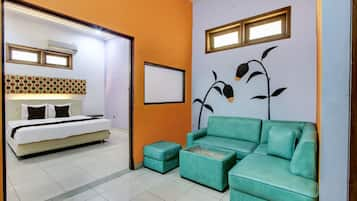
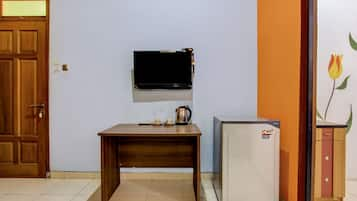
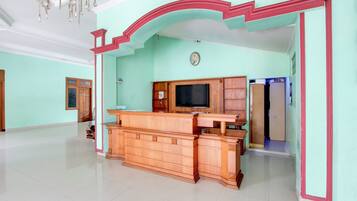

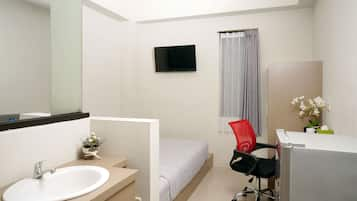




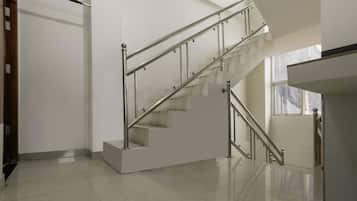
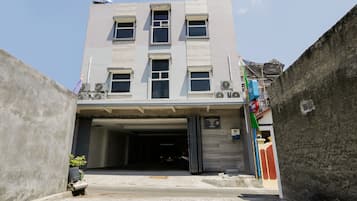
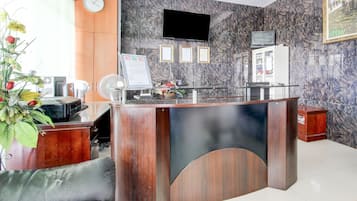


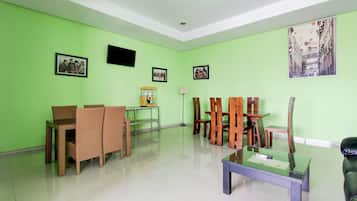


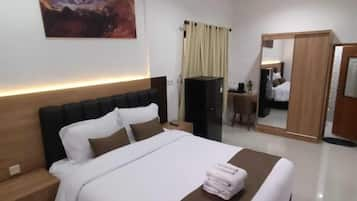
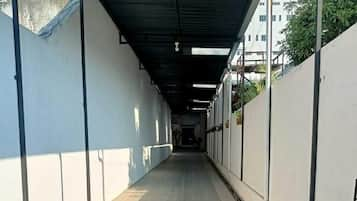
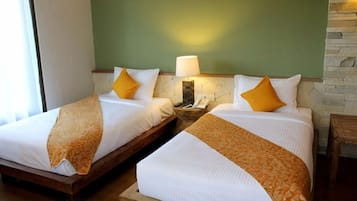

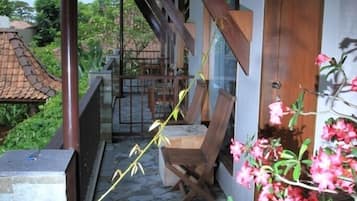
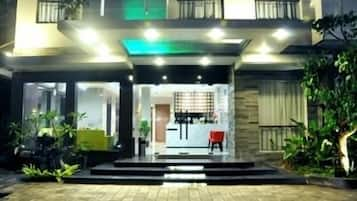
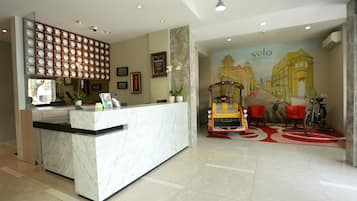
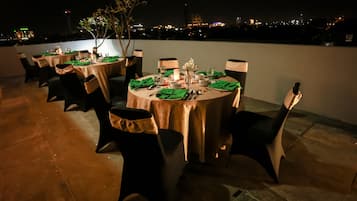
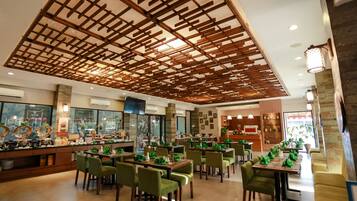

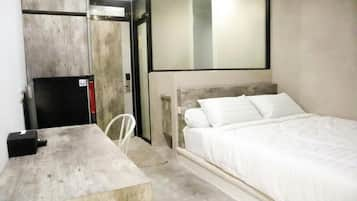



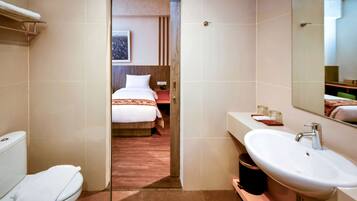




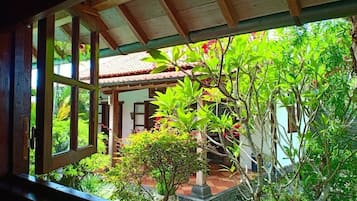
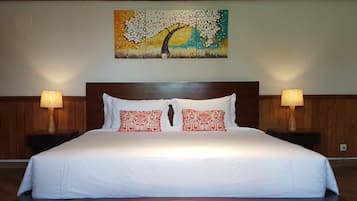

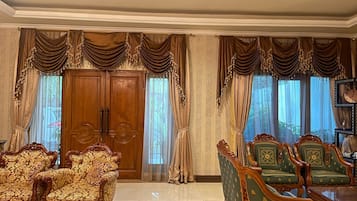
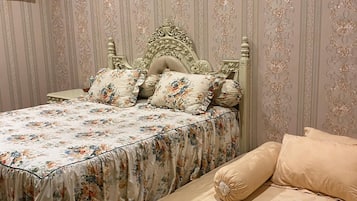
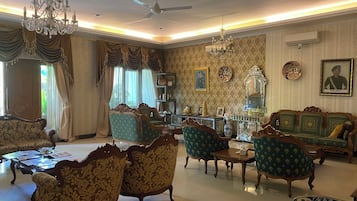
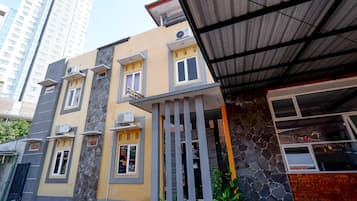
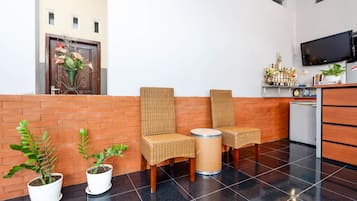

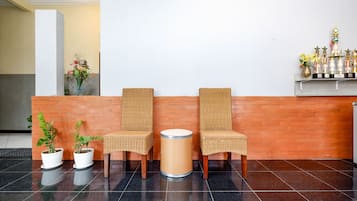
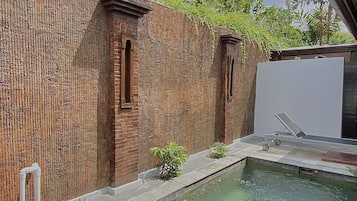






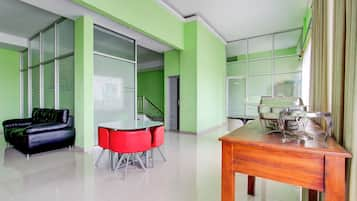
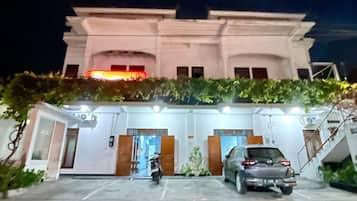
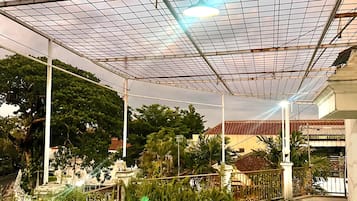


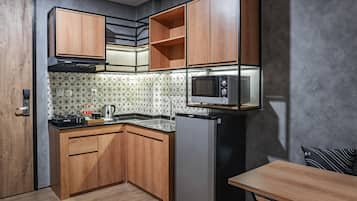


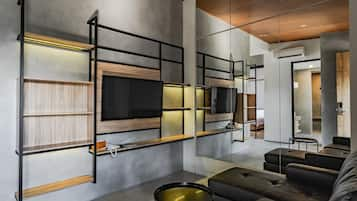
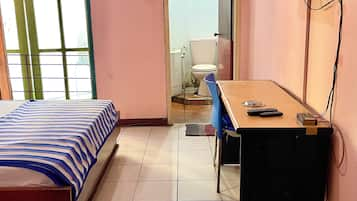
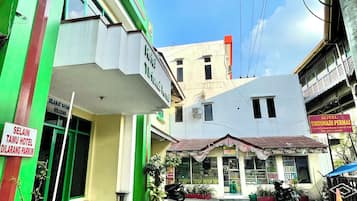

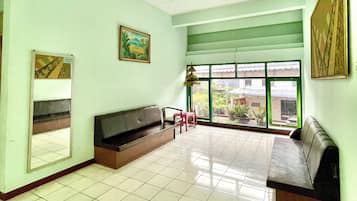
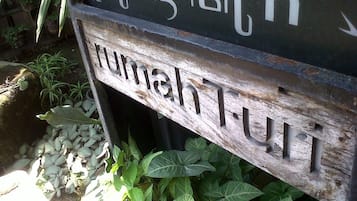
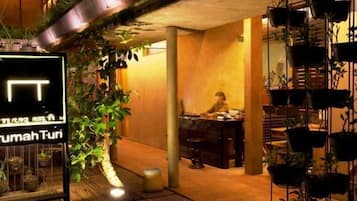

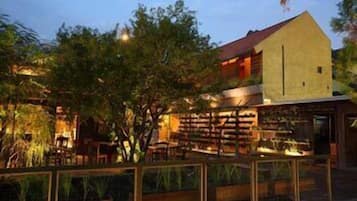



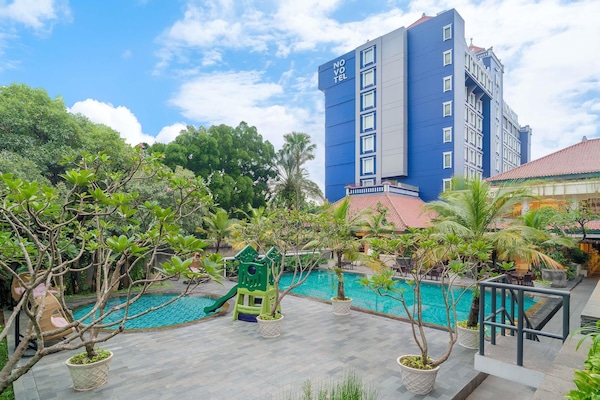
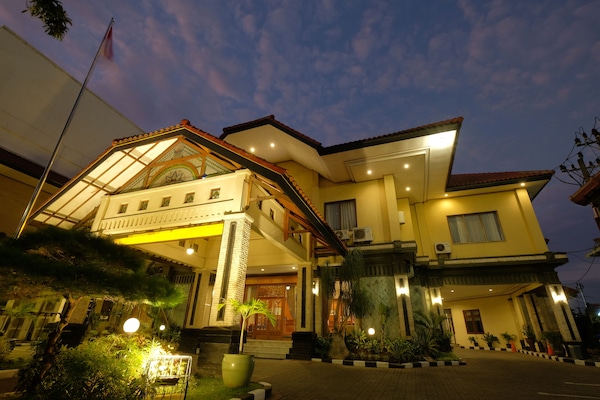
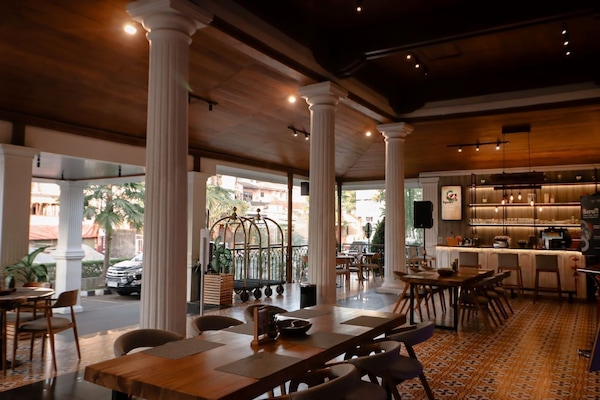








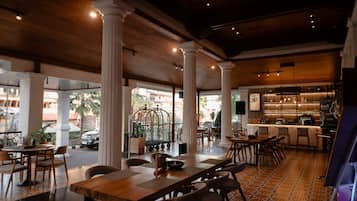
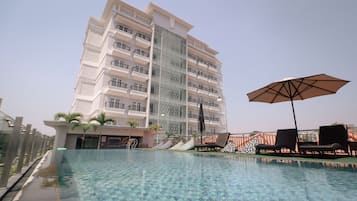
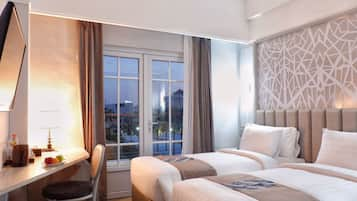

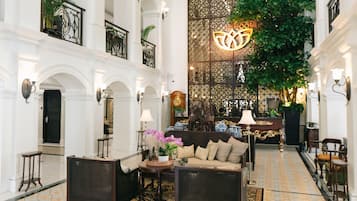

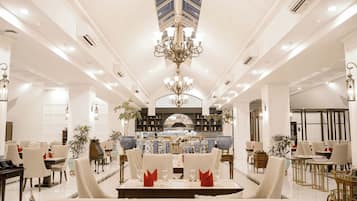
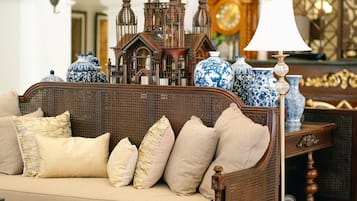


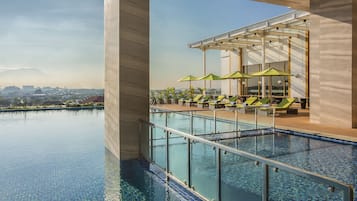

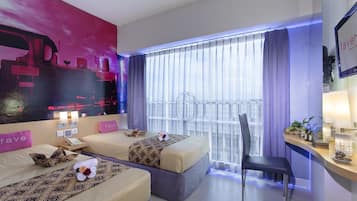

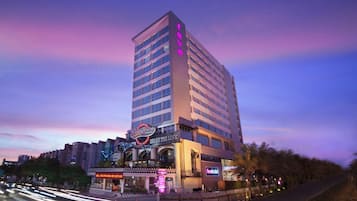

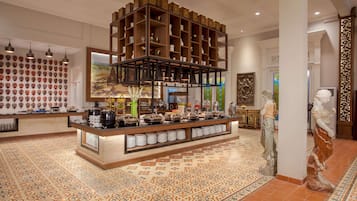

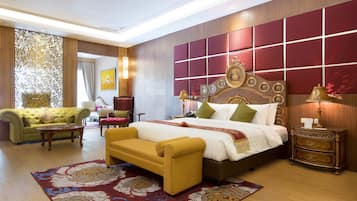
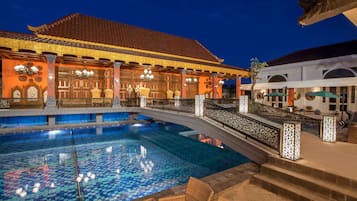
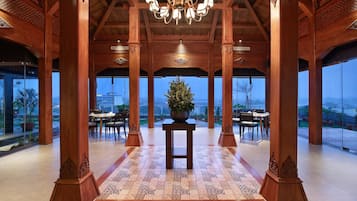

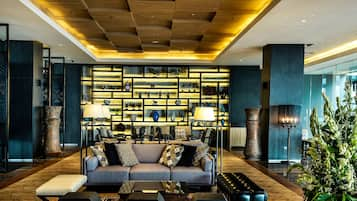



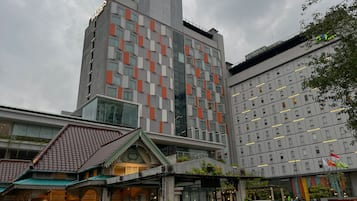

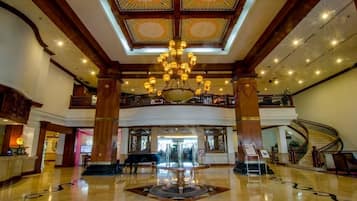


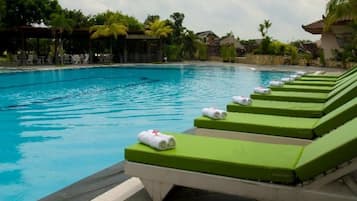




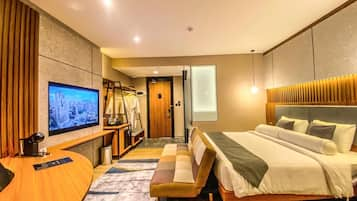


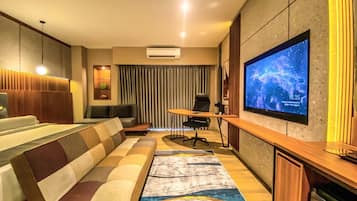


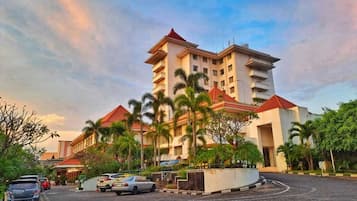




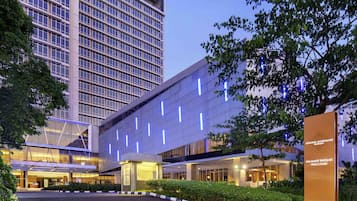

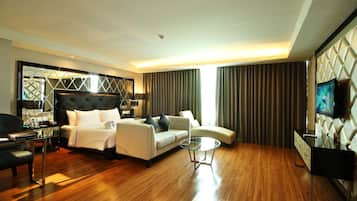
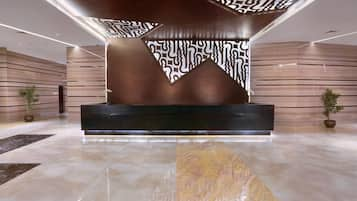
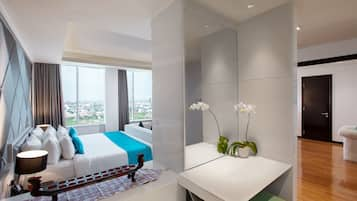
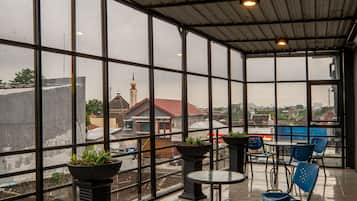



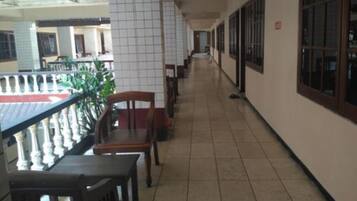

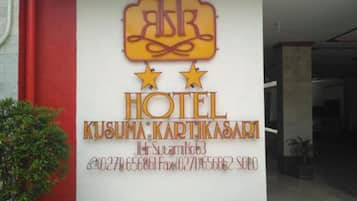
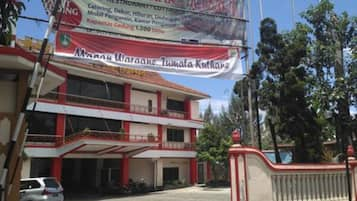
![At the museum no photos are allowed which is really unfortunate as it was well worth the visit and the guided tour is definitely not to be missed. In the museum there are even Batik made from the Dutch era which depicts stories like Little Red Riding Hood and Snow White!
I enjoyed the tour v much and at the end of the tour we were brought to this room where the artisan were working on hand drawn batik.
Below is an excerpt from Wikipedia for anyone interested in learning more about the process of batik making.
Firstly, a cloth is washed, soaked and beaten with a large mallet. Patterns are drawn with pencil and later redrawn using hot wax, usually made from a mixture of paraffin or bees wax, sometimes mixed with plant resins, which functions as a dye-resist. The wax can be applied with a variety of tools. A pen-like instrument called a canting (IPA: [tʃantiŋ], sometimes spelled with old Dutch orthography tjanting) is the most common. A canting is made from a small copper reservoir with a spout on a wooden handle. The reservoir holds the resist which flows through the spout, creating dots and lines as it moves. For larger patterns, a stiff brush may be used. Alternatively, a copper block stamp called a cap (IPA: [tʃap]; old spelling tjap) is used to cover large areas more efficiently.
After the cloth is dry, the resist is removed by scraping or boiling the cloth. The areas treated with resist keep their original color; when the resist is removed the contrast between the dyed and undyed areas forms the pattern. This process is repeated as many times as the number of colors desired.
The most traditional type of batik, called batik tulis (written batik), is drawn using only the canting. The cloth need to be drawn on both sides and dipped in a dye bath three to four times. The whole process may take up to a year; it yields considerably finer patterns than stamped batik.
Source: Wikipedia](https://images.trvl-media.com/place/6224808/26fd1460-c65a-4c1a-9444-7a893e883ac9.jpg?impolicy=fcrop&w=300&h=400&p=1&q=high)
